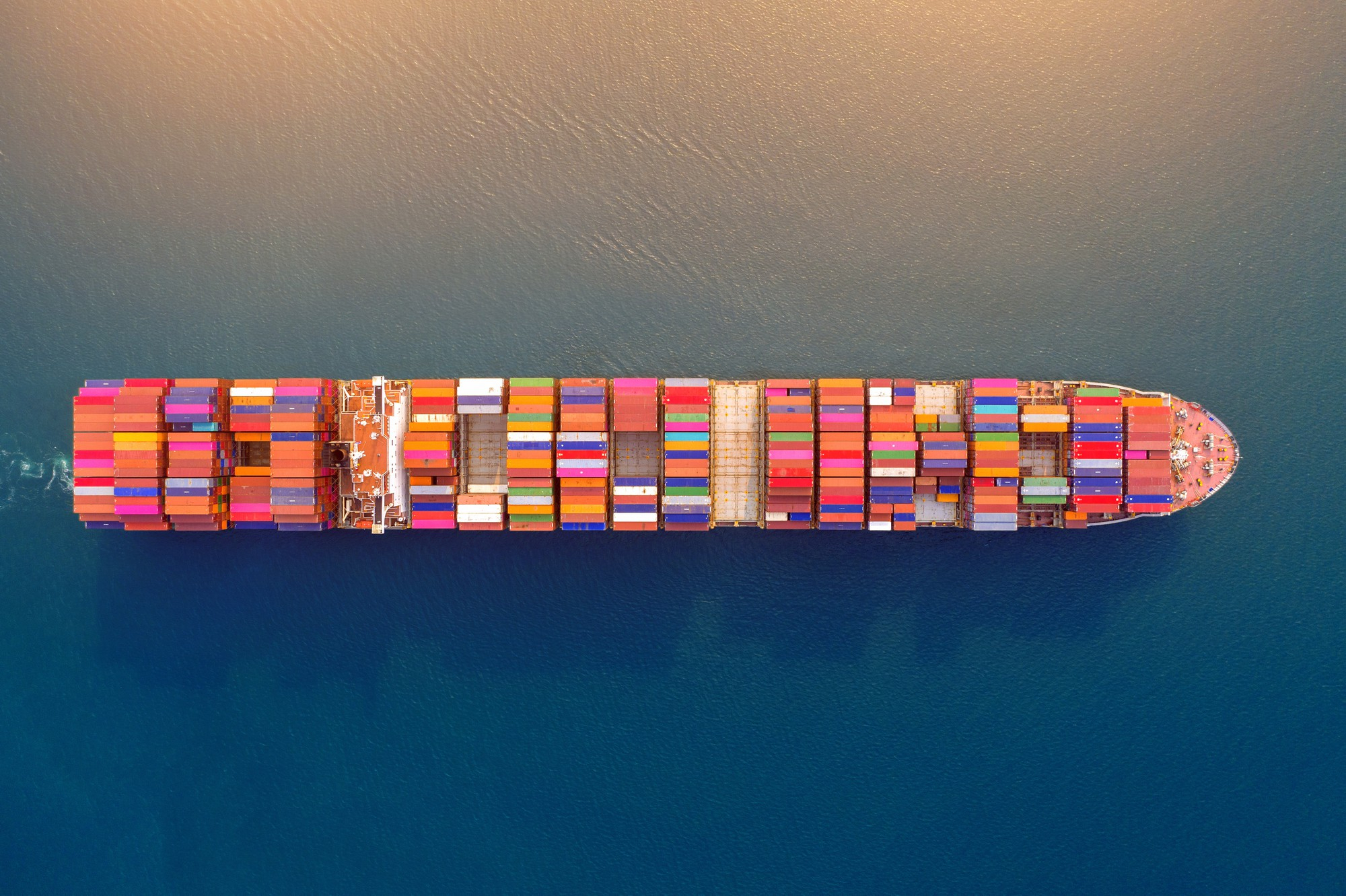
Exporters sending certain secondary raw materials such as waste paper to India for recycling need to complete Form 6 and Form 9 transboundary movement documents.
These documents relate to the international movement of hazardous waste and are required by Indian Customs – even though the UK for example does not classify waste paper as hazardous, and Italy no longer classifies waste paper as waste at all.
Form 6 and Form 9 documents are drawn from a suite of 12 hazardous waste forms that the Central Pollution Control Board (CPCB) at the Ministry of Environment, Forest and Climate Change, Government of India, require in accordance with its Hazardous Waste Management Rules (HWMR). They relate to the generation, management, transport, treatment, recovery, processing, recycling, use, sale, transfer and disposal of hazardous waste in India.
What information is needed for Form 6 and Form 9?
Both Form 6 and Form 9 require information about where the shipment came from, how it travelled, where it’s going – and what the material is. They both require a declaration by the exporter that they have abided by the relevant rules and regulations relating to the transboundary movement of waste, and a declaration by the importer or waste processor that the material is destined for recycling.
These documents need to be accompanied by a certificate of chemical analysis report ‘from a laboratory accredited or recognised by the exporting country’ in line with the CPCB’s updated Hazardous and other Wastes (Management and Transboundary Movement) Rules, 2024.
How do the forms differ?
According to HWMR, Form 6 is the responsibility of the recycler or re-processor rather than the exporter, although the form itself states that details can be furnished by either.
Form 9 differs from Form 6 in that it goes into greater detail about the nature of the materials being shipped. The relevant information contained in Form 9 is provided to the transporter of the consignment for its onward journey from its port of arrival in India to its place of recycling. This will tell the emergency services what material they are dealing with, and measures to be taken if there’s a spillage for example. The waste also needs to be labelled in line with the requirements of Form 8.
Who do the forms get sent to?
UK exporters typically include the completed Form 6 and Form 9 in document packs that are forwarded to the bank handling the transaction. These documents need to be received by the bank before the shipment arrives at port. Some banks require receipt of the relevant documentation 10 days in advance. Other export documentation needs to be lodged with Indian Customs before the shipment arrives.
Once the shipment has arrived in India and been paid for, the bank then releases the forms to the customer. The customer submits the forms to the port’s Customs authority. This enables the goods to leave the port and continue their onward journey to their recycling destination.
Digital documentation
Data discrepancies in paper documents are a significant cost to exporters that digitalisation, such as the adoption of electronic bills of lading and CTRM software, promises to reduce. Indian banks are beginning to accept electronic documentation as a substitute for original paper documents with a wet signature; Customs authorities are proving slower, however.




